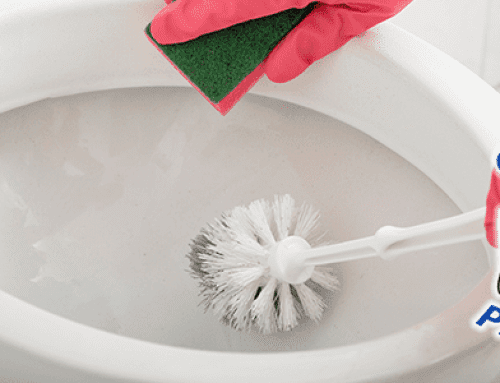Kitchen Tips for an Eco-Friendly Kitchen
Between washing dishes, cleaning up spills, and cooking, the kitchen wastes a lot of water. According to recent reports, the average American household wastes up to 27 gallons of water every time it washes dishes. Keeping just that in mind, it’s safe to assume that there’s a ton of ways to reduce our water use while cooking and cleaning. Knowledge is half the battle! Here are some simple ways to save water in your kitchen.
Here are some ways that you can reduce the amount of water your household uses:
Be Smart About How You Use Your Water
If you cook or wash a lot of produce, put the used water to good use by watering your houseplants with it! You can also use a water-saving appliance if possible! Install a low-flow shower head or faucet aerator in your home. These products can help reduce water usage by as much as 50%. When you’re done using water, don’t leave the faucet running as you rinse your hands or your dishes. Use a paper towel to dry them instead!
Use the Dishwasher
When you use your dishwasher instead of washing dishes by hand, you save water and money. Dishwashers use a set amount of water per cycle, giving you an easy way to calculate your household’s total water usage. Compare this to how much water is used while washing dishes by hand (where you have to keep refilling the sink), and you’ll understand why dishwashers are so eco-friendly! Be sure to always run a full cycle in the dishwasher, otherwise, you’ll be wasting energy and all your green friendly efforts will be in vain.
Upgrade Your Dishwasher
Older dishwashers unfortunately use more water and are not as eco-friendly. It might be an expensive upgrade, but some newer models can use as little as 3 gallons of water for just one cycle? Outside of saving water, the newer, upgraded appliances use less electricity than older models. They also tend to be quieter! If you’re looking for a new dishwasher, try to buy one that was manufactured after 2004—that way, it should meet the Energy Star standards.
Steaming Vegetables to be More Eco-Friendly
Steaming vegetables rather than boiling them preserves more of the nutrients in food and uses less water. Steam vegetables in a pan with a small amount of water and cover it with a lid. You can also steam them by placing them on a steamer rack that fits inside your pot. You’ll find that your side dishes don’t have much of a change in taste despite the difference.
Prevent Water Damage While Cooking
By reducing your water usage in the kitchen, you can save money and prevent headaches caused by water damage. A musty odor can form in your home if moisture from cooking and cleaning accumulates on walls, cabinets and ceilings. Open a window, turn on a fan, or another device that removes moisture from the air to keep your home safe during water cleanup.
Contact Conyers Plumbing for any plumbing questions or services. Schedule an appointment today!




